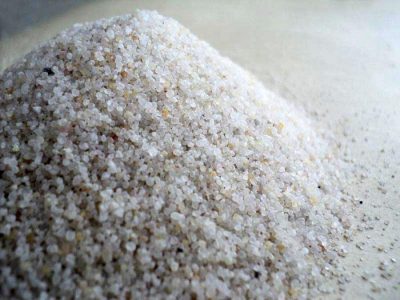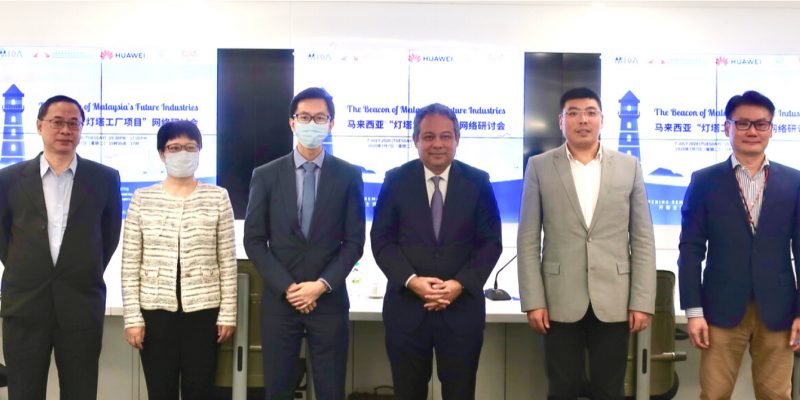
This site
is mobile
responsive
What exactly is silica sand?
Also known as white sand, quartz sand or industrial sand, silica sand is a combination of two elements – silica and oxygen. It comes in a wide range of shades, mostly white or colourless. The colour of the sand depends on the rock detritus and the minerals that make up the resource. The quartz material in the sand, in particular, is obtained from sources like beach dunes before it is processed into different types and grades to be supplied to different industries for various applications.
Importantly, for the resource to be considered silica sand, its makeup must contain at least 95 per cent silicon dioxide and equal to 0.6 per cent iron oxide. Otherwise, it is considered to be regular sand.
Various industries utilise silica sand as their main feedstock to manufacture different products. The purity of the sand dictates the kind of final products that can be produced. The vast majority of its use is in glass products such as bottles, jars, flat glass for windows and automotive use; fibre glass, reinforcing glass fibre, light bulbs, fluorescent tubes, televisions and computer screens.

The silica sand outreach
Globally, silica sand can be found in Europe, the United States, Canada, China, India and Malaysia. Among the key players in the industrial silica sand supply include Sibelco, US Silica, Fairmount Minerals, Quarzwerke GmbH, and Badger Mining. In 2018, the global silica sand market was worth approximately USD7.4 billion, registering a compound annual growth rate (CAGR) of around 7.6 per cent from 2011 to 2018. The market is further projected to reach USD10.5 billion by 2024, growing at a CAGR of nearly 6 per cent.
In Malaysia, there are over 33 different types of minerals, ranging from metallic, non-metallic to energy minerals. These are important sources of income for the country given its billions of dollars worth of economic potential. Silica sand deposits in Malaysia are scattered across the country, many of which have yet to be explored. The Department of Mineral and Geoscience Malaysia (JMG) has estimated that there are approximately 148.4 million tonnes of silica sand reserves located in the states of Johor, Perak, Terengganu, Kelantan, Sabah and Sarawak.

Presently, Malaysia is the world’s sixth largest exporter of processed silica sand. These exports are mainly to China, Taiwan and Japan for their glass production. To further promote the high-value growth of this attracting industry, Malaysian Investment Development Authority (MIDA) is inviting companies to set up integrated projects in the country to leverage the unexplored silica sand deposits in several highly strategic locations.
Investors will be able to capitalise the potential supply of this mineral to produce high-value added end products for local and export markets. Competitive tax incentives are being offered to companies undertaking the production of high-grade silica sand in the country.
To date, MIDA has approved four manufacturing projects to produce high-grade silica sand and processed silica sand, amounting to RM289 million worth of investments.
MIDA hopes that investments in silica sand would enhance the overall ecosystem of various industries in the country, improving local economic activities and infrastructure as well as building local vendors and its supply chain.

